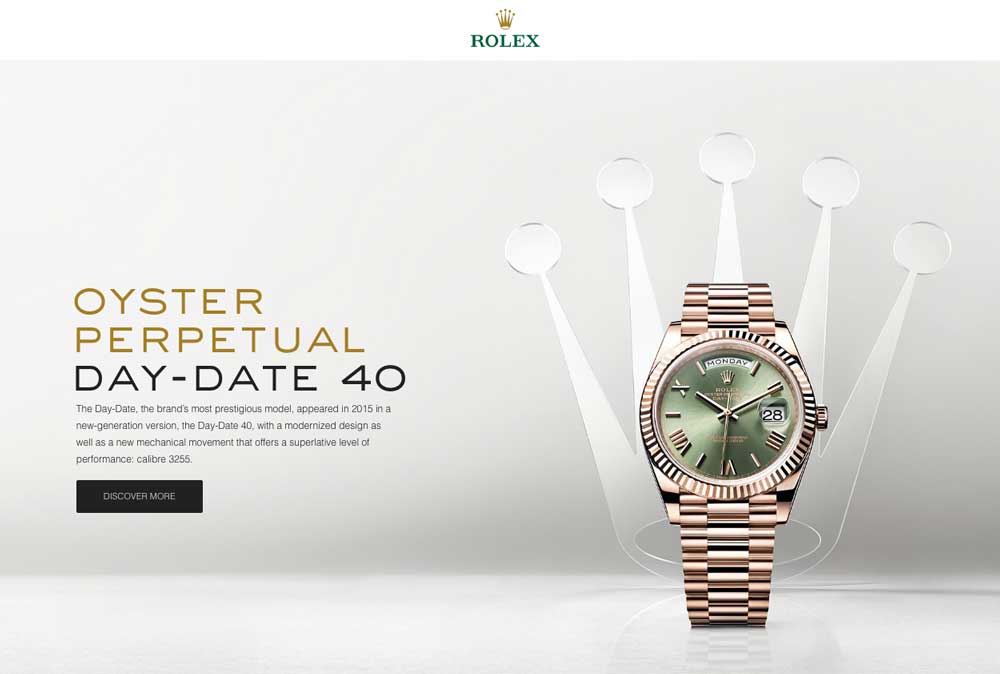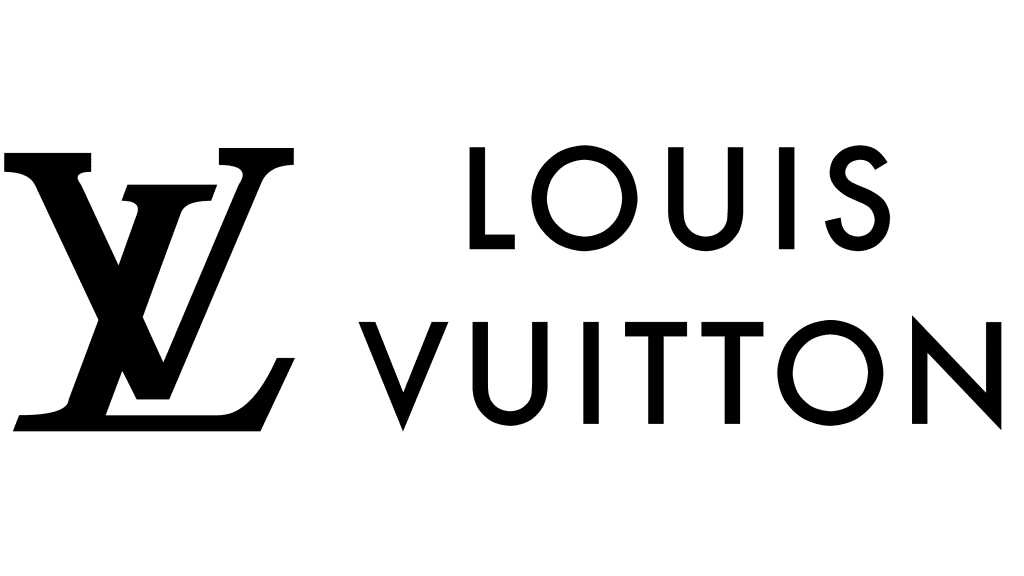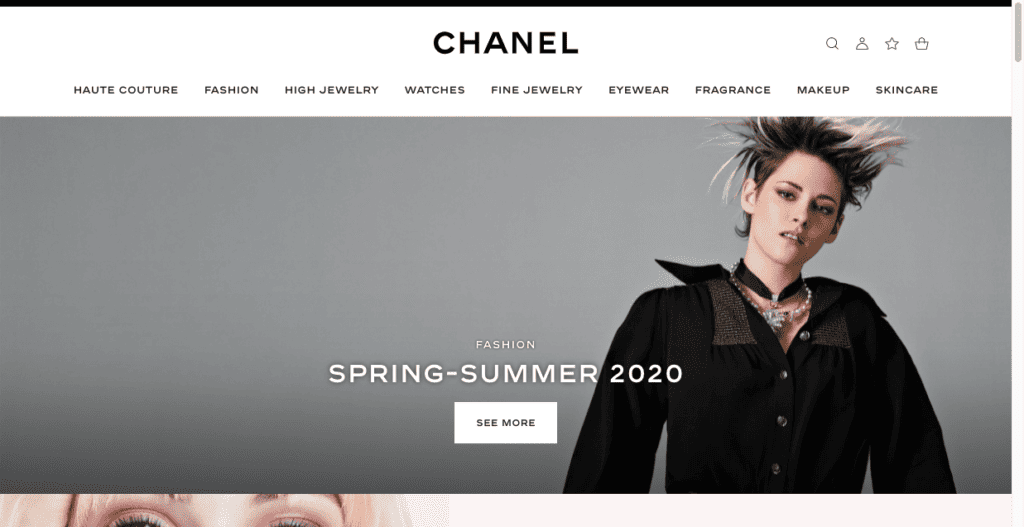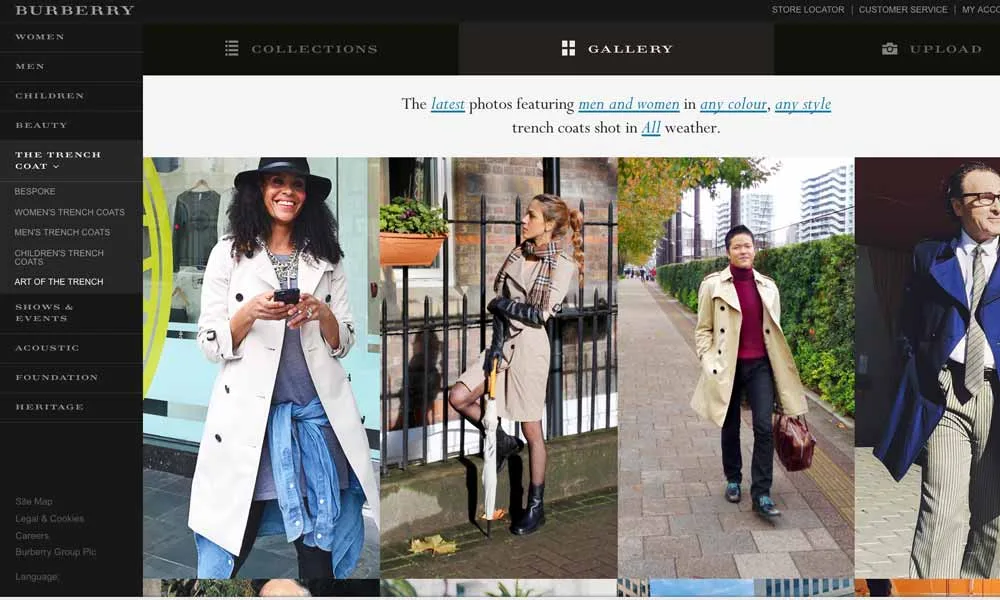What Makes Luxury Brand Identity So Desirable?
Luxury brands have a certain je ne sais quoi, making them irresistible to consumers. But what exactly creates that allure and aspirational quality? As a marketing expert who has worked with various high-end brands over the years, I've identified some key ingredients that make up the secret sauce of luxury brand identity.
Table of Contents
It's All About Craftsmanship and Heritage

One of the most significant factors is a focus on meticulous craftsmanship and heritage. Luxury consumers want products made to last for generations, not just seasons. They crave the history and provenance behind venerable maisons like Chanel, Louis Vuitton, and Hermès.
This means that whatever the product—whether it's a cashmere coat, leather bag, or diamond jewellery—it must be impeccably constructed by artisans using time-honoured techniques. Details matter! Luxury brands remind customers that each item involves careful handiwork passed down through generations. That's why heritage is so vital. The longer a brand has been around, the more authority it carries.
Scarcity Adds to the Allure
Luxury brands intentionally limit distribution and maintain relatively small inventories. This creates scarcity and drives demand. If anyone can stroll into a department store and buy a particular handbag, it loses prestige. But it becomes far more coveted if only a select few can get their hands on the latest “It” bag.
Limited edition offerings take this even further. Brands like Dom Pérignon or Patek Philippe will create a small run of something, engraving each piece with a number—the ability to own something rare ups the exclusivity factor. And let's admit it: people enjoy feeling like one of the few who can access elite products.
A Distinct Visual Identity is Key
Every luxury brand has precise visual cues that make their products instantly recognisable. Think of the interlocking Cs on Chanel bags or the Burberry check pattern on umbrellas and scarves. These icons visually telegraph the brand's identity. Logos are kept fairly consistent over decades rather than changing drastically each season.
Luxury brands also use their proprietary fonts in marketing. The visual signature extends to boutiques, packaging, catalogues, and online content. Cohesive aesthetics build recognition while also nodding to tradition.
Luxury Means Premium Pricing
Part of luxury's appeal is the premium pricing. While exorbitant price tags limit access for some, that's precisely the point. Having fewer people able to afford a product increases demand. Luxury shoppers equate high prices with quality, craftsmanship, and prestige.
Brands raise prices on the most iconic pieces each year. In economic terms, it's called the Veblen Effect—demand increases as prices rise. Raising prices enhances exclusivity while also increasing profit margins. So luxury brands happily churn out $10,000 handbags because devoted customers gladly scoop them up.
Modern Luxury Brands Still Cherish Tradition

Today's an interesting dichotomy of luxury brands: while they sell must-have products for the modern consumer, they lean heavily on tradition, heritage, and history. Their messaging reminds customers just how long the brand has been around.
Take Louis Vuitton's famous trunks. While initially designed for transporting belongings during lengthy travel, they're coveted fashion statements today. LV still highlights its founder's ingenuity in creating packable steamer trunks in the mid-19th century. This roots the brand in the sense of time-honoured quality.
Experiential Retail Environments Matter
Ever notice how luxury boutiques feel like you're entering a whole different universe? Companies invest heavily in the customer experience, recognising that the retail space represents their brand universe. Boutiques are built as sanctuaries where clients can escape and be pampered.
Many even refer to the stores as “maisons” or houses. Shopping there feels like visiting the home of a friend—albeit an incredibly wealthy one! Custom details abound, like fresh flowers, espresso bars, sweeping marble staircases, or avant-garde art installations. The goal is total immersion into the brand lifestyle.
Storytelling Shapes Luxury Identities
Luxury brands rely heavily on evocative stories and lush imagery to communicate their identities. Innovative companies recognise that product features alone don't captivate consumers' hearts. Creative narratives about origin, creators, and the manufacturing process turn commodities into coveted objects.
For example, Bottega Veneta's artisans in Vicenza, Italy, uphold the brand's heritage of intricate leather weaving. The recently launched Salon 01 collection tells the story of their workshop. This mini-movie brings viewers inside the atelier, putting human faces to the artistry. Storytelling helps build an emotional connection between the consumer and the brand.
Catering to Clients' Dreams Ups Aspiration

Luxury marketers excel at selling physical goods and accessing the lifestyle or identity clients aspire to. Take Ralph Lauren's decades of selling the WASP country club fantasy. Or Tiffany's promise of sophisticated New York romance. While out of reach for many, luxury taps into consumers' deepest wishes.
A shopper may not be able to afford a yacht or fly first class internationally, but they can invest in a Burberry trench or Hermès blanket to feel part of that world. Even if only briefly. Innovative luxury brands artfully craft this dreamy aspiration while making the hefty price tags seem worthwhile.
The Importance of Consistent Messaging in Luxury Branding
Consistency is king when crafting luxury brand identities. Companies must meticulously manage details across all touchpoints. Devoted customers notice if something seems off-brand.
Why such caution? First, consistency builds recognition and trust. Shoppers expect to encounter the same refined codes wherever they engage. Also, luxury buyers value tradition and heritage. Brand identities shouldn't fluctuate like trendy fast fashion.
This requires a coordinated effort across departments. Design teams plan collections that align with heritage. Marketing develops campaigns suited to the target luxury consumer. Retail staff are trained to deliver gracious service, befitting the brand ethos. Consistency stems from cohesion.
Forging Emotional Connections with Clients
While luxury products have a functional purpose, companies realise that the most profound customer loyalty comes from forging emotional connections. This means moving past simply showcasing flawless products and instead telling resonating stories.
Recent Gucci campaigns do this brilliantly. Creative director Alessandro Michele imbues collections with rich symbolism, culture, and meaning. Ad campaigns feature influential thought leaders, not just models. Relationships with Hollywood talents like Jared Leto bring a modern creative edge. The result is a multidimensional brand universe clients eagerly want to inhabit.
Aligning Brand Values and Business Practices

Today's luxury consumers have high expectations for corporate responsibility and ethical practices. Brands must walk the talk when touting branded values or purpose. That means initiating company-wide practices focused on sustainability, inclusion, or social consciousness.
For example, Burberry recently implemented an aggressive strategy to become carbon-neutral and circular by 2030. Efforts include eliminating leather from their collections sourced from unsustainable beef farming. Steps like this help luxury brands future-proof their identities and attract conscientious Gen Z buyers.
Community-Building Takes Centre Stage
Once upon a time, luxury branding was about aspirational quality for the elite few. Today's climate calls for democratising luxury and making it more participatory. Smart brands are building community experiences, both digitally and physically.
Pop-up communal spaces, exclusive brand membership programs, insider events, and interactive digital content all help facilitate connections between the brand and the community. This sense of belonging cements loyalty and satisfies consumers' yearning for shared experiences and self-expression.
Harnessing the Power of Influencers and Brand Ambassadors

Working with the right brand ambassadors and influencers provides expanded reach and relevance. But brand partnerships must feel authentic. Followers will call out any perceived inconsistency between influencer identity and brand values.
When choosing ambassadors, luxury firms select those embodying the aesthetic and ethos of the label. Roger Federer is an ambassador for Rolex, which works, given his elegant precision. BTS for Louis Vuitton capitalises on the band's global appeal and daring creativity. The upside? Amplified brand exposure and affinity among coveted demographics.
Customer Service Goes Above and Beyond
Luxury isn't a product—it's an experience. And that means impeccable customer service before, during, and after-sales. Stores offer refreshments, workers remember client details, and packages are wrapped in the finest papers. No request is too big.
Bottega Veneta takes it further by not publicly advertising. New customers gain access through word-of-mouth referrals. Clients become members of an exclusive club. This discreet approach reinforces Bottega's commitment to service over sales volume.
Final Thoughts on Creating Alluring Luxury Identities
To understand luxury's powerful draw, we must appreciate the human psychology behind these aspirational brands. They sell more than just products—they provide access to beauty, history, and creativity. Owning a piece allows customers to inhabit the narrative a brand constructs.
But with so many labels vying for wallets, how do companies stand apart? They must remain laser-focused on their heritage, values, and aesthetic codes. Details matter more than ever. Consistency across touchpoints builds recognition and trust. And forging genuine emotional connections cements loyalty across generations of luxury devotees.
The brands who understand this secret sauce will continue leading the pack. Their clientele's desires for timeless quality, craftsmanship, and heritage won't waver. For those seeking success in the luxury space, the key is balancing innovation with tradition—and always keeping the customer at the heart.
Frequently Asked Questions About Luxury Brand Identity
Still curious about what constructs elite brand identities? Here are answers to some common questions luxury marketers encounter:
What makes luxury packaging so unique?
Details like weighty closing mechanisms, ribbons, tissue paper, and sturdy boxes reinforce quality. Packaging telegraphs brand identity from the moment someone receives an item. Luxury packaging is designed to be saved and displayed.
How do luxury automotive brands create prestige?
Combining aerodynamic design, painstaking hand assembly, and high-performance engineering generates desirability. Limited production runs also maintain exclusivity. Heritage matters too—a century-old marque like Bentley connotes pedigree.
Why do luxury brands use so much black branding?
Black telegraphs timelessness. It also contrasts other metallic or neutral tones in packaging and marketing. Black absorbs light, so logos in black appear deeply saturated. The colour evokes elegance and refinement.
How do luxury hotels differentiate their identities?
Attention to every detail creates a rarefied experience. The design showcases local heritage and craftsmanship. Services like personalised butlers and elevated dining add prestige. Hotel brands highlight unique architecture and renowned chefs to stand out.
What role does fragrance play in luxury brands?
The scent is powerfully tied to memory and emotion. Iconic perfumes like Chanel No. 5 evoke a brand's essence. Luxury houses work with master perfumers to create proprietary signature scents. Fragrance collections also generate significant revenue.
Why are limited collaborations effective?
Pairing with a celebrity designer, artist, or another brand creates buzz. It expands the luxury house's appeal to new audiences. If done thoughtfully, collaborations enhance the brand narrative without diluting identity. They keep established labels fresh.
